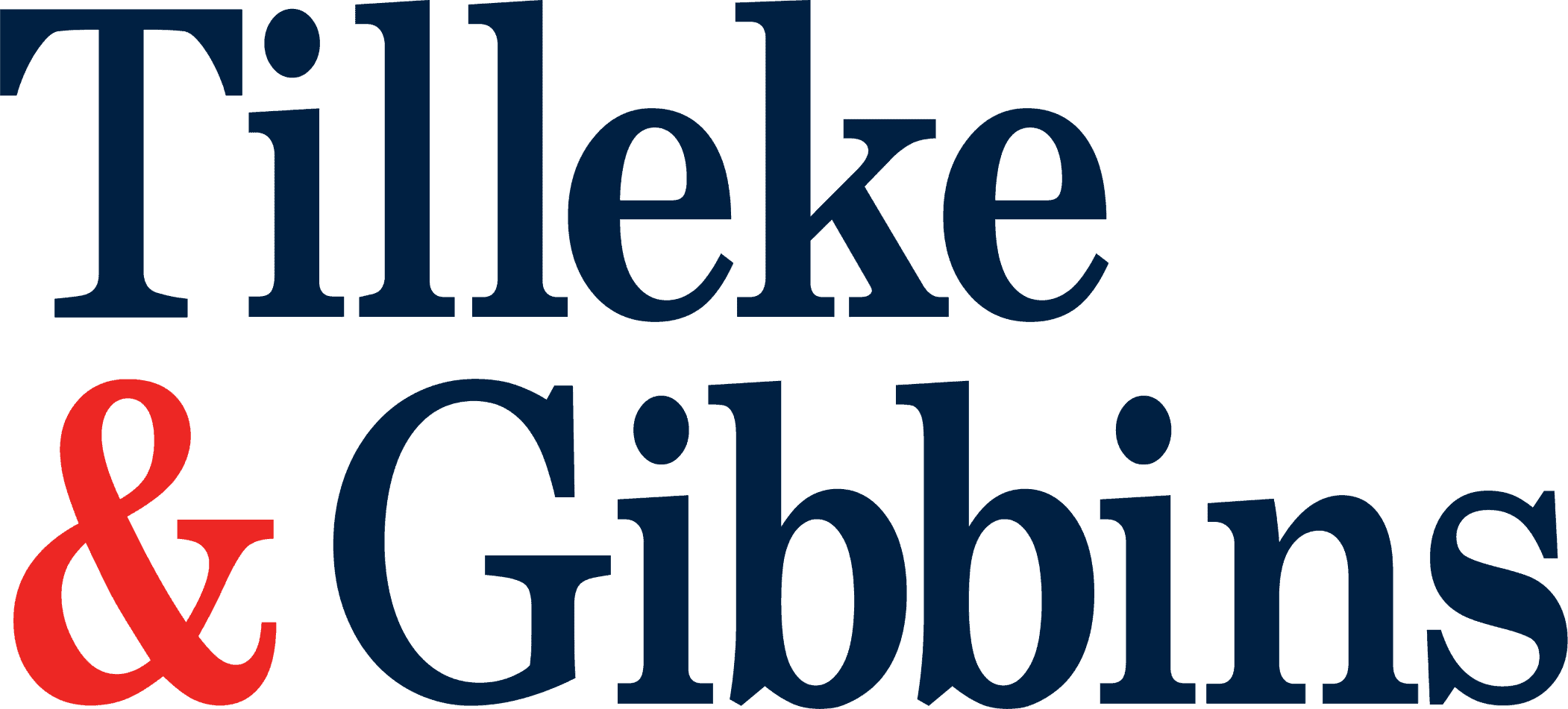
In early 2015, a European pharmaceutical company that markets a globally well-known pain relief drug discovered a drug with the same active ingredient and a similar name circulating on the Vietnamese market. In what the European company believed was a clear instance of “palming off,” the drug’s packaging also used colors and design elements similar to the packaging of the well-known drug. However, pursuing a trademark infringement charge was a dead end, as the Vietnamese drug’s name had already been successfully registered as a trademark.
Additionally, though it is possible to register trade indications (such as packaging designs or labels) as trademarks or industrial designs in Vietnam, affording the holder strong protection, the European company had not done so. Instead, the company resorted to Vietnam’s unfair competition laws to protect its trade indications.
Unfair Competition in Vietnam
In Vietnam, the concept of unfair competition in the IP field conforms largely to the regulations under Article 10 bis of the Paris Convention. Provisions on unfair competition in IP are found in both the Competition Law and the IP Law, though only the Competition Law provides a definition, which refers to acts that run contrary to good conscience in business practice. The Competition Law also mentions some typical acts of unfair competition, including the use of misleading trade indications, but shifts the responsibility for providing further details to the IP Law of 2005, which prohibits any use of trade indications with the purpose of causing economic injury to another business through confusion in the course of trade.
Under the unfair competition laws, a holder of unregistered trade indications can enforce its rights through civil litigation before the court, administrative action conducted by administrative enforcement bodies, or competition proceedings carried out by the Vietnam Competition Authority under the Ministry of Industry and Trade. While this may appear to be a wide range of available legal actions, in practice, most holders rely on the administrative enforcement bodies (usually the Ministry of Science and Technology (MOST) Inspectorate).
Proving Unfair Competition
To successfully argue unfair competition, a holder must conclusively prove that:
- it is the legitimate owner of the unregistered subject matter (packaging, labels, slogans, etc.);
- the subject matter has become a trade indication of the holder; and
- he use of the subject matter by third parties could confuse the buying public as to the origins of the products in question.
In practice, to prove the two first conditions, the competent authorities often require the IPR holder to establish the wide use of the subject matter prior to the market entry of the offender’s products in Vietnam.
Due to the lack of IP registration, the enforcement bodies are often reluctant to resolve cases independently. In most cases, they seek an expert opinion from the National Office of Intellectual Property (NOIP) on the possibility of unfair competition arising from the use of the trade indications in question. Therefore, an expert opinion, though nonbinding, usually tips the balance in unfair competition cases.
In the pain-relief-drug case cited above, the rights holder selected the MOST Inspectorate, an agency with significant experience in similar cases, as the enforcement body. The company was then able to successfully establish and provide evidence that its packaging was widely used and well-known, leading the Inspectorate to render a final ruling in favor of the holder without first asking for the NOIP’s opinion. This marks a significant improvement in the authority’s determination to resolve unfair competition cases. The case was also remarkable as it lasted just over three months, which is quite expedient for unfair competition cases in Vietnam. At the conclusion of the case, more than 100,000 infringing goods and 400 kg of aluminum foil imprinted with the infringing trade dress were ordered to be destroyed—a major victory for the European company. If this case had been handled by a different agency, the results could have been much different.
Recommendations
We have drawn from our practice the following recommendations for IPR holders to ensure success in cases of unfair competition related to the use of misleading trade indications:
- Register the trade indication, if applicable, as soon as possible. The holder can register the entire packaging of its products as a trademark and/or industrial design (in some cases). With the registrations, the holder will stand a higher chance of successfully protecting the packaging.
- Try to establish the goodwill of the unregistered trade indication with documentation evidencing the goodwill, such as advertising materials, goods-related sales, or charity activities.
- Choose an agency with expertise and experience, such as the MOST Inspectorate, to handle the case. The court should be a last resort, only when there is a claim for damages.

